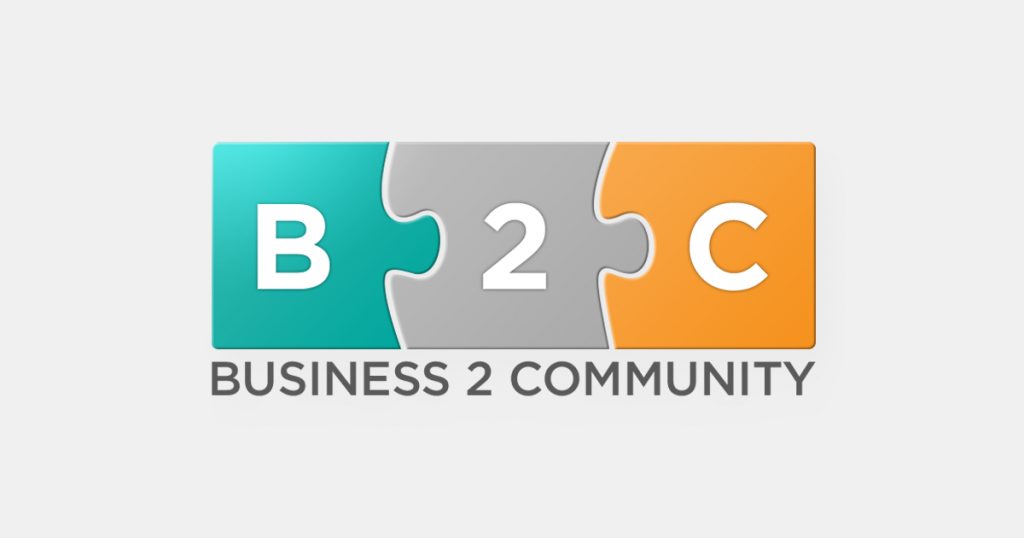I just sat through another deathly serious – and seriously boring – demo. When I suggested some ways to make the demo more engaging for his audience, the salesperson bristled and replied, “I don’t believe in demotainment.”
Demotainment, which Urban Dictionary defines as (duh) “the demonstration of a thing in an entertaining way,” has gotten a bad rap in the past. Sure, some overzealous presenters have done everything but tap dance through their demo in an effort to stand out, or worse, mask their product’s deficiencies. But the concept of demonstrating in an entertaining way shouldn’t be scratched entirely. In fact, in a time where competition is fierce and capturing a prospect’s attention is more challenging than ever, entertainment can be a very effective tool. After all, consider what entertainment means:
Entertainment, def: “To hold the attention of”
Buyers are not the deadly serious lot some may imagine. They are people just like you and I. And collectively we spend nearly $2 trillion dollars globally on entertainment. That’s more money than Americans spend on gas, household furnishings, or clothes! While I’m not recommending you go full Disney theme park with your demos, there are varying degrees and ways to incorporate elements of entertainment to ensure your key messages stand out and are remembered.
Recommended for You
5 simple ways to make your demo more entertaining:
- Hook with your Opening
Most demos start in one of two ways: 1. A walk through overview slides (this is after the salesperson has already done their slides!) 2. A plunge into the demo at the most boring point (“First, we log in…now we’re on the home page.…” Neither approach generates customer squeals of delight. Hollywood knows that you need a hook to immediately grab your audience’s attention and create anticipation for what’s to come. In the movies, the hook may be a car chase or the lover’s meeting, but it’s always something interesting and relevant that advances the plot or sets the stage. So what’s the hook in your demo? It’s certainly not your log-in screen! Determine what’s of greatest interest to your audience, whether it’s an insight, an outcome, or a thought-provoking question. The right hook is relevant, short and makes your audience clamor for more.
- Tell a Story
Stories are at the heart of great entertainment, and great demos. Stories are based on drama, yet most stories in demos have little or no drama at all! Drama requires conflict and tension before ultimately coming to a resolution. Test your story for dramatic tension by giving it the “So what?” test. If it doesn’t readily pass, it’s not a story, it’s a report. Learn more about how to successfully use stories in your demo here. - Promote Interaction
Touch screens, 3D Movies, video games… Entertainment today is more interactive than ever. Moving from a world of interaction to watching someone click through a demo for thirty minutes or more can be excruciating. Break up this non-stop firehose of information by planning ways to include your audience in your demo. Use a real-time poll. Let the customer determine the topics (see tips on non-linear presenting here) or hand over control to an audience member. The more you get your audience involved, the more memorable the experience. - Use a Prop
Visual aids increase recall of your message by nearly 67%, so it makes sense to use some type of visual aid, i.e., a whiteboard, flipchart, video, etc., to underscore key points. Using an iPad, a white board, flip chart, video, or audio are a few ways to liven up your demo. Get creative. Talking about mobile access? Hand your phone or tablet to the customer. Pointing out how your solution will eliminate reams of paperwork? Dump a big pile of papers in the trash. Engaging more senses in your demo will heighten attention and increase recall.
- Move it
Movement is a highly underrated and super easy way to focus your audience’s attention. While the demo itself creates some movement, following a mouse across a screen can rapidly become uninteresting. There are several ways to add more movement to your demo.
The first is to use the web tools in your platform (if you’re virtual) like highlighting, drawing and whiteboarding. You can use similar tools in PowerPoint (which requires toggling between your software and slides). And don’t forget to move yourself! Most presenters stand glued to their laptop —as if under strict orders not to move. Find places to move during your demo, like when during questions, introducing a new topic, or providing a summary of what you’ve just shown.
Demotainment doesn’t have to be a dirty word. Leverage the power of entertainment in your demo to keep busy audience’s engaged, highlight key messages, and stand out from the competition.
